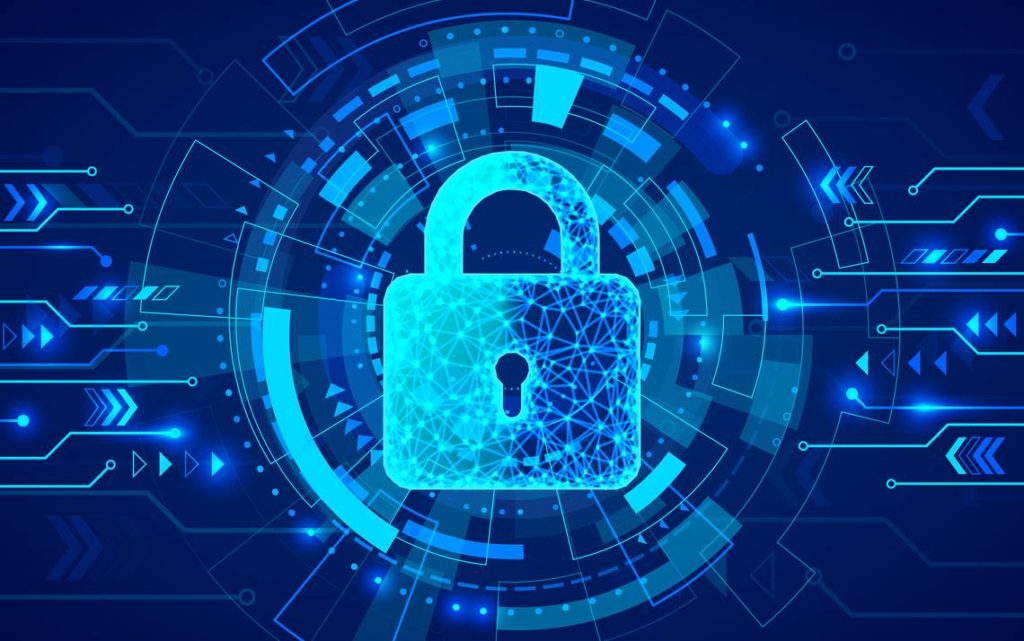Across the globe, organizations have been reevaluating current strategies to ensure uninterrupted business continuity – and this is especially true for the healthcare industry. The need for available, real-time emergency services not just within hospitals, but also at remote locations is stronger than ever. To meet demands for rapid field diagnosis and testing, healthcare organizations must ensure their networks can keep up while remaining secure. Without a secure emergency deployment plan in place, these organizations will struggle to scale vital operations when faced with adversity.

The Need to Secure Remote Access in Healthcare
For healthcare workers to appropriately respond to emergencies while ensuring business continuity, they must have seamless, secure access to centralized medical records and devices, no matter their location. When remote work is a factor, especially in locations where telemedicine is in place, it is a given that infrastructure, capacity, and coverage requirements will vary from place to place. Solutions must be in place to ensure security, reliability, and manageability combined with consistent enterprise controls.
While establishing a consistent level of security across environments is critical, it can also be challenging to achieve. Most cybersecurity solutions are architected to secure a single environment, and struggle with expansion in terms of establishing and coordinating consistent policy enforcement across multiple sites. This is especially true for hybrid environments comprised of distributed clinics, hospitals, and doctor’s offices running across a variety of physical and virtual networks. For this reason, healthcare organizations may find it difficult to scale security for consistent enforcement from the data center to the cloud and out to a remote site.
Considerations for Choosing the Right Solution
Optimized connectivity of both data and clinical-support devices between locations requires advanced identity management integrated with a comprehensive security solution. This enables a comprehensive and complete array of protections along the entire data chain. In addition to providing essential security services, healthcare organizations must ensure that those same tools are also scalable and cost-effective, especially in times of immediate need.
Below are five considerations for healthcare organizations looking to overcome the barriers associated with the cost and complexity of provisioning and maintaining secure Wi-Fi access and VPN connectivity at remote sites.
- Ease of Deployment: Organizations should look for a solution that ensures quick deployment of secure wireless infrastructures without the need for additional hardware. With a solution that can instantly adopt previously-established security policies, healthcare organizations can secure remote access across all clinical locations without having to worry about any visibility and control gaps.
- Cyber Threat Management: To effectively secure their remote locations, healthcare organizations must also be able to pinpoint threats targeting user entry points to the network, which may become an added vulnerability when networks and users are suddenly distributed. Wireless protocol and RF attacks, malware, keyloggers, viruses, and zero-day attacks targeting end user devices and access points are all on the rise. By bringing security monitoring closer to the end-user, they, their devices, and the network will be more protected.
- Fast Response Times: Keeping up with today’s sophisticated cyber threats requires a solution that provides automated network protection updates. Once networks are functioning as a single, integrated system that can identify indicators of compromise, and address potential vulnerabilities and hot spots, healthcare organizations can better protect their locations from new exploits, viruses, botnets, and other threats.
- Visibility and Control: Healthcare organizations need complete visibility of their clinical applications, access to cloud-based services, and granular control of their distributed networks. This is imperative to avoid disruption of care. They simply cannot effectively prioritize or block applications at the group, user, or device level until they can see and manage very corner of their network. Achieving this requires tools that are designed to work together, regardless of where they are deployed or in what form factor, to achieve consistent policy placement and enforcement, as well as participate in a threat response as a single, integrated system.
- Unified Management: Solutions that feature single-pane-of-glass management of both security and networking enable healthcare organizations to administer various policies to both wired and wireless networks so that security and networking function as part of the same system, saving time and resources.
Fortinet’s Role in Securing Remote Healthcare Initiatives
To meet the changing demands of the healthcare industry, Fortinet offers an integrated solution designed to support remote environments, whether they are part of an ongoing strategy or an emergency deployment. This fast, scalable, cost-effective solution can be quickly deployed at small or temporary mobile healthcare sites to offer the same level of security and networking functionality that the larger hospitals and clinics depend on.
In addition to the secure endpoint connectivity features provided by FortiClient, there are four main components in this solution that work together to secure remote access and maintain business continuity.
- FortiGate Next-generation Firewalls: Through the utilization of customer cybersecurity processors, FortiGate NGFWs deliver top-rated protection, end-to-end visibility, centralized control, and high-performance inspection of encrypted and clear-text traffic. Additionally, with built-in support for IPsec virtual private networks (VPNs), remote providers can set up a secure connecting to the core network in a matter of minutes.
- FortiSwitch: This offering delivers a secure Ethernet solution that can be easily managed either from a FortiGate or the cloud to ensure that all devices connected to a physical network are automatically secured.
- FortiAP: These wireless access points deliver secure access that can be easily managed from either a FortiGate or the cloud to ensure that all users and devices receive appropriate levels of network access, whether they are guests, patients, healthcare providers, contractors, front office personnel, or systems administrators.
- FortiExtender: This LTE connectivity appliance can provide a primary or secondary wide-area network (WAN) link to a FortiGate by using the data network of mobile phone providers.
The integration of these components into a unified Fortinet Security Fabric ensures a consistent level of security and policy enforcement across the entire distributed healthcare network, which not only helps accelerate threat response, but also ensures the safe and rapid transmission of critical patient care information. Additionally, this integration makes it easier for healthcare IT teams to increase security controls as needed.
Final Thoughts
The healthcare industry’s ability to respond quickly to emergencies is more critical than ever. To do their job, healthcare workers across hospitals, remote clinics, and even temporary care operations – and everything in between – need immediate access to critical medical information at any time, no matter where they are. By deploying a comprehensive solution that features ease of deployment, cyber threat controls, and unified management, healthcare organizations can secure access for even their most distributed care centers without compromising network performance.

Discover how Fortinet Teleworker Solutions enable secure remote access at scale to support employees with a wide array of access requirements.
Learn more about enabling the latest advances in patient care while protecting against cyberattacks with healthcare cybersecurity.
Photo Courtesy: Duke TODAY,






